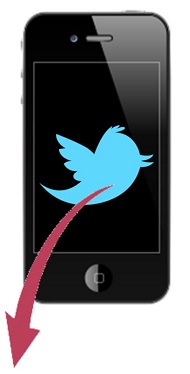A poll has now shown that retirees in Canada are likely to have cell phones, though not the latest tech.
A recent report making mobile commerce news has revealed that while the vast majority of seniors living in Canada are now using a cell phone, only a small number of them have changed those mobile devices to the more modern smartphone version.
The Media Technology Monitor report could prove to be important information for marketing and commerce.
The research was conducted over the phone with the participation of 6,014 English speaking Canadians. The interviews were held during the spring and fall of 2013, in order to help to track the trends regarding ownership and usage of mobile devices. This included measuring the movements of these gadgets among those within the senior demographic. For the purposes of this study, seniors were defined as individuals who were 68 years old or older.
Approximately 61 percent of the seniors who were polled said that they owned mobile devices.
In all, there were 774 seniors who participated within this research. Though only 61 percent of them said that they had cell phones, in the younger age groups, a much higher 87 percent said that they carried these gadgets.
Similarly, only a tiny 13 percent of seniors said that they owned smartphones, where a notably higher 63 percent of younger Canadians said that they carried these devices.
Among those that did have smartphones, seniors seemed to prefer iPhones the most, though only just slightly more than Android based devices and BlackBerry phones.
A miniscule 7 percent of the senior participants in this study said that they used their smartphones for connecting to the internet. Younger respondents responded that 54 percent of them connected to the internet using their gadgets. Furthermore, only 2 percent had ever tried to use social media on their devices. Among the younger users, about a third of smartphone users had done so. Around 17 percent of seniors had sent text messages at some point, whereas 76 percent of the other respondents said that they had.
Approximately 12 percent of the seniors polled had tablets among their mobile devices. Most often, this consisted of an iPad.


